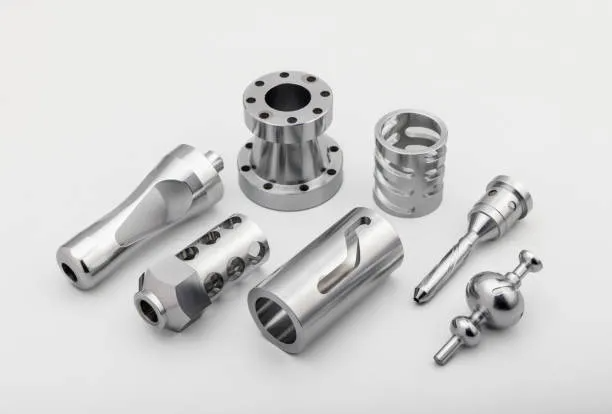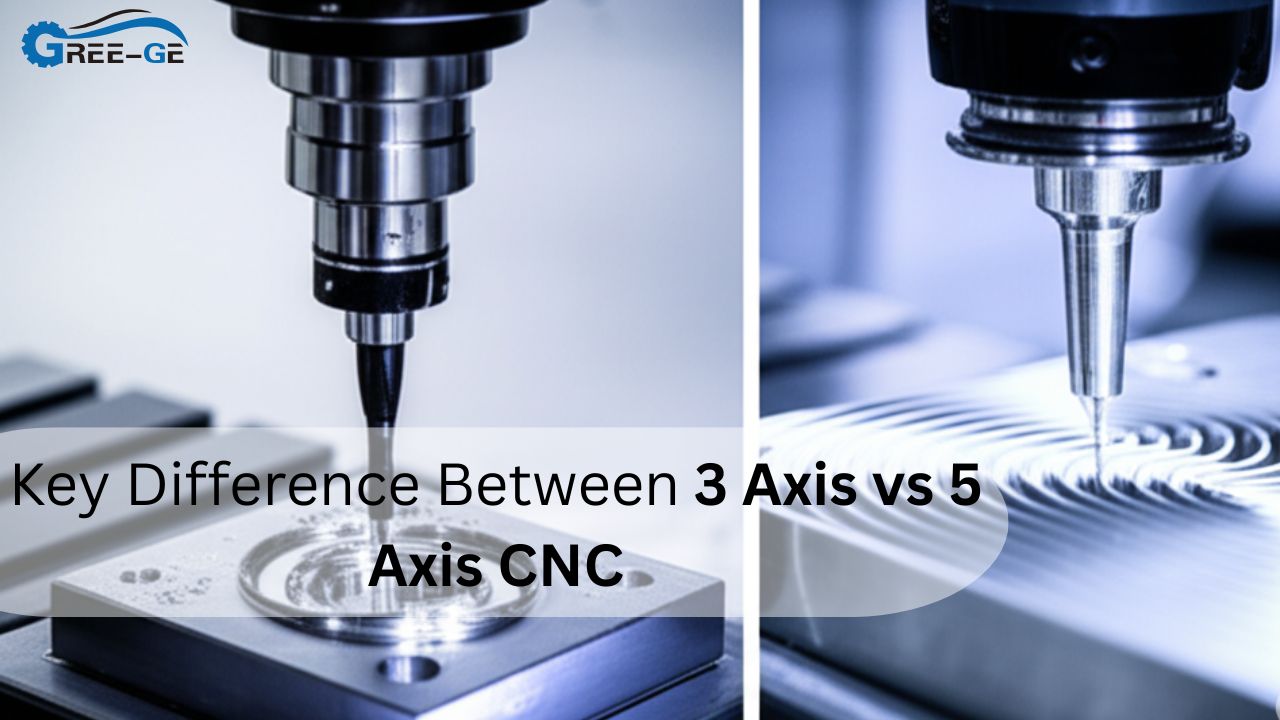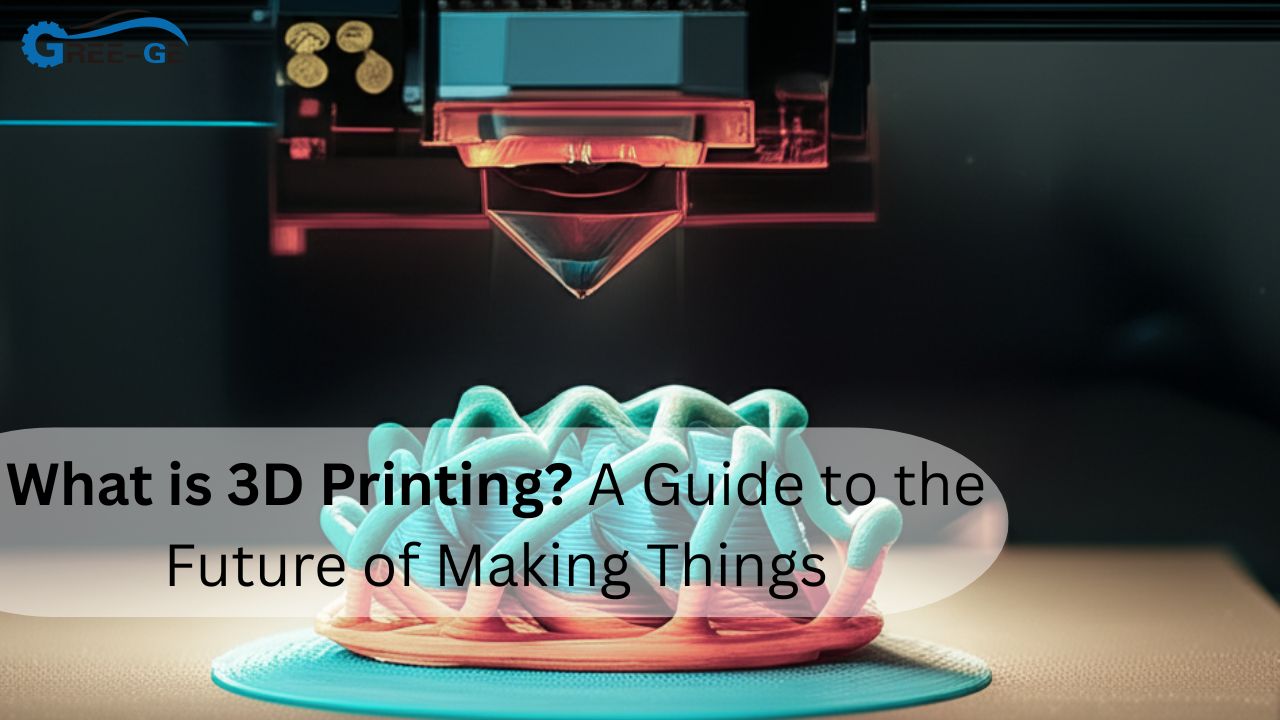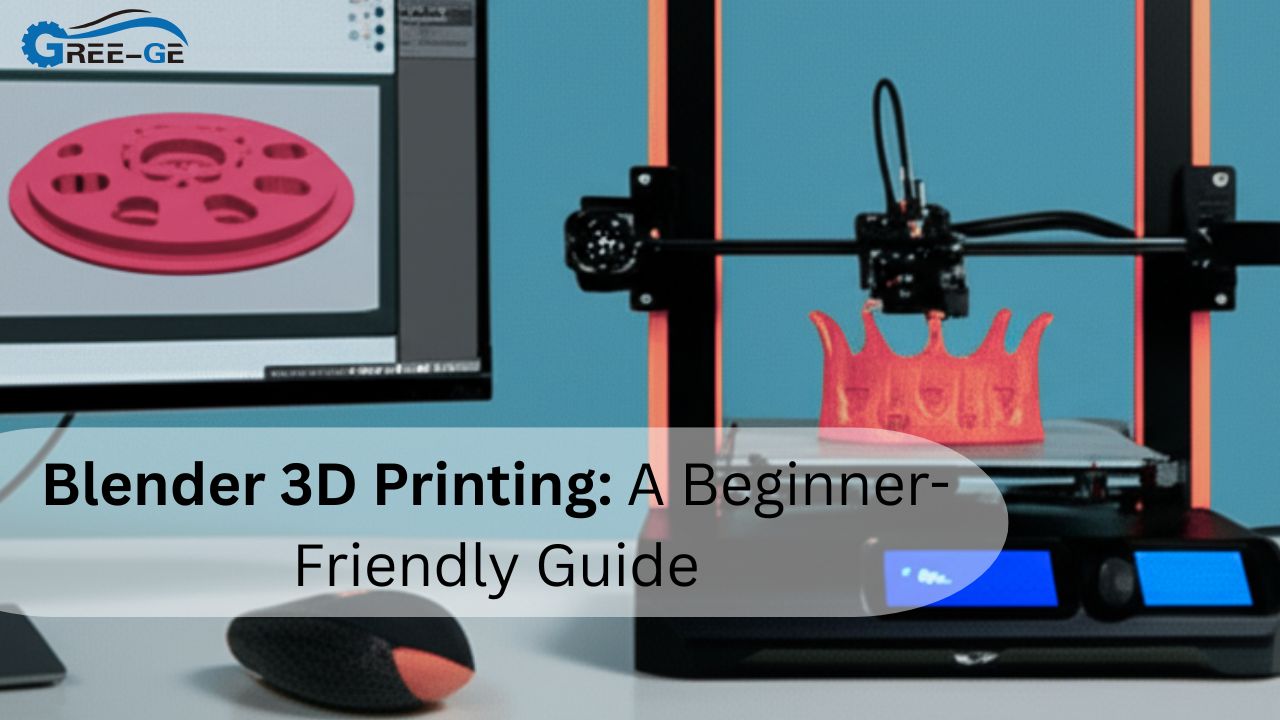Introduction:
CNC (Computer Numerical Control) machining has revolutionized the manufacturing industry, reshaping the way products are designed and fabricated. This article delves into the captivating history of CNC development, tracing its evolution from its humble beginnings to the sophisticated technology that powers modern precision manufacturing processes.
From Manual to Automated: The Evolution of CNC Machining
CNC machining‘s origins date back to the 1940s when numerical control mechanisms were first introduced to automate the operation of machine tools. The concept gained momentum in the aerospace and defense industries, where complex parts needed accurate production. Early systems used punched tape and analog computers to control machinery.
The Digital Revolution: Advancements in CNC Technology
The 1960s marked a turning point with the advent of digital computers. This era saw the development of CNC systems that relied on computer code to guide machine movements. The 3-axis CNC machine emerged, allowing more complex shapes to be manufactured accurately. The 1970s brought CAD (Computer-Aided Design) and CAM (Computer-Aided Manufacturing) integration, streamlining design-to-production workflows.
Precision and Complexity Unleashed: Modern CNC Machining
The late 20th century witnessed rapid advancements in CNC technology. Multi-axis machines, such as 4 and 5-axis configurations, enabled intricate geometries and reduced setup times. High-speed machining and real-time monitoring further elevated efficiency. Today, CNC machining integrates AI and IoT, offering predictive maintenance and adaptive machining, ensuring unprecedented accuracy and productivity.







